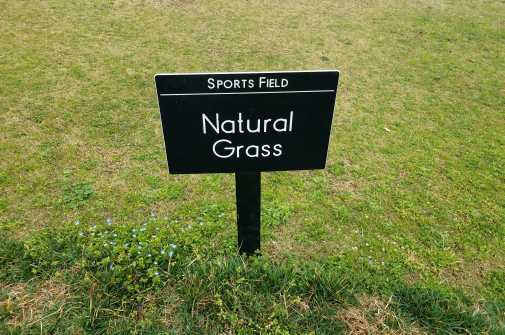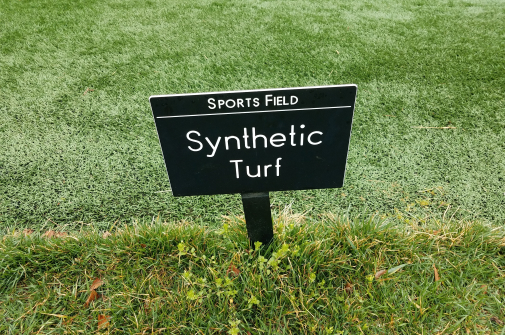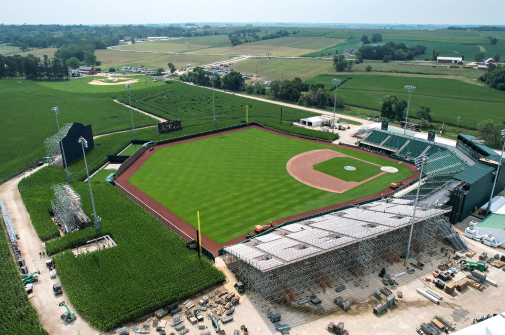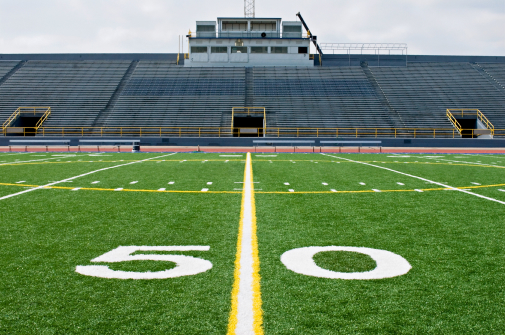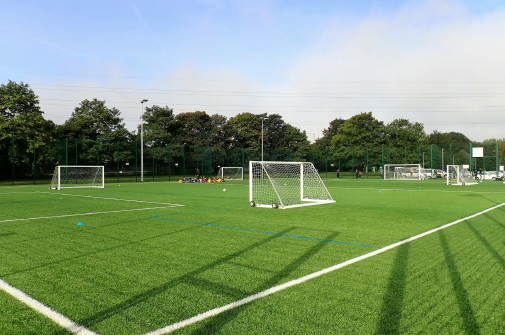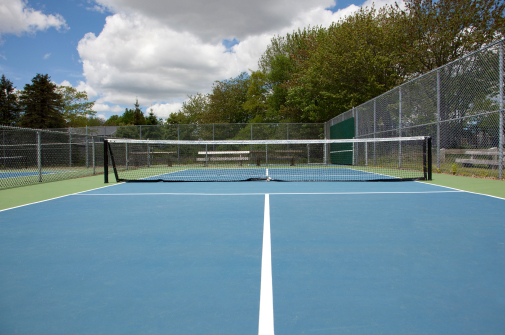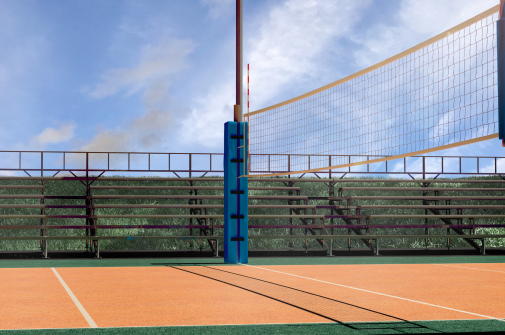The Drainage System of Choice for the Most Important Games
Hydraway drainage systems differ from conventional perforated pipe drainage systems. Our system offers the industry’s highest water in-flow rate and compressive strength. It will not clog or cause water buildup, erosion, or freezing. And, because it requires a much smaller trench, it is easier to install and reduces labor costs.
Excess moisture can lead to damaged playing surfaces, loss of playing time and revenue and, most seriously, increased risk or injury for players. Hydraway quickly and efficiently diverts surface and subsurface water away from the field – whether natural or synthetic – maintaining healthy, attractive fields that are safe and ready for play.
A Key Element
to a Successful Athletic Field
Though often overlooked, the drainage system is a key element to the success of an athletic field. Excess water on fields can prevent game play and can cause damage over time. Loss of play results in loss of revenue. Fields that are not properly drained also pose a risk of injury to players and spectators.
Contractors, facility managers, and those associated with maintaining the field want to do everything they can to keep the field in top condition, and everyone safe. Universities and professional sports facilities are turning to Hydraway to effectively manage water on their fields. With an innovative design that offers the industry’s highest in-flow rate and compressive strength, Hydraway is the best drainage solution on the market today.
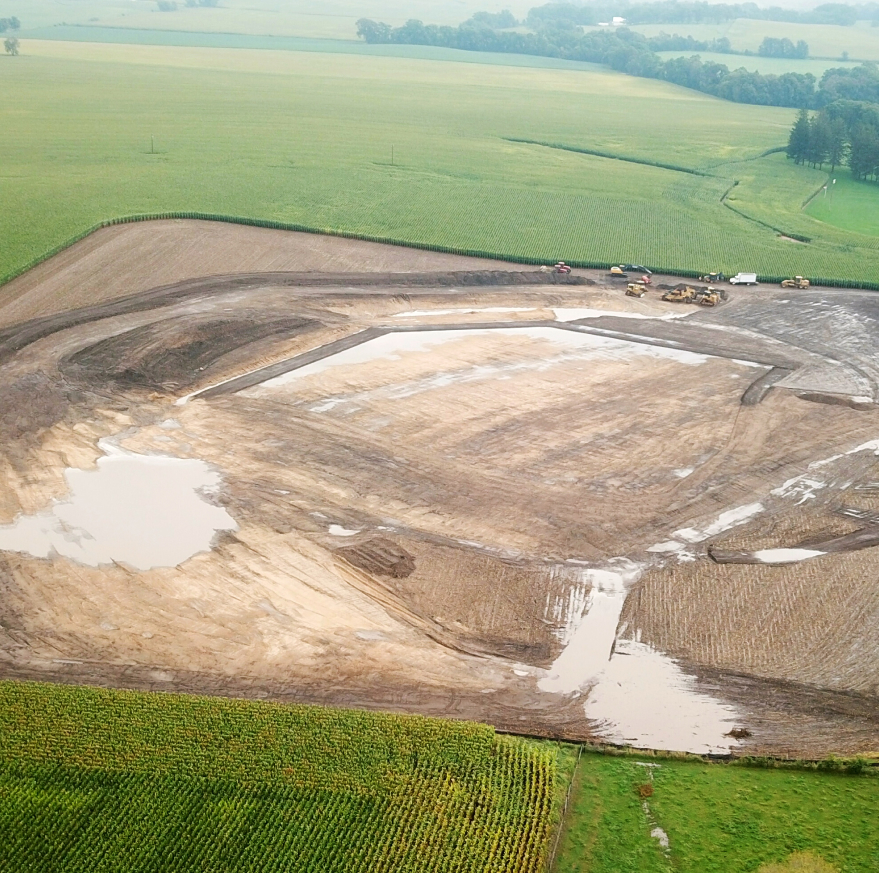

The Sports
Turf Drainage Sales Process
In the past, contractors relied on out-of-date athletic field drainage systems like perforated pipe and French drain systems.
Hydraway’s advanced technology is revolutionizing the design and installation process of sports field drainage, and producing dramatically superior results. To show you this, we are taking a consultative, hands-on approach. But what does that entail?
If you are unfamiliar with our technology, we’ll come out to your worksite and work closely with you to design the perfect drainage solution. When it comes time for installation, we are always available for support.
Before installation, though, the product must be delivered. We have perfected distribution with distributors located around the United States and the world. The result is that the product arrives on time, meeting strict construction timelines. Hydraway is also available in custom lengths, all exhibiting zero coil memory that would otherwise slow and complicate installation.
What does your next construction project look like? We would love to discuss it. Fill out the form below to start the conversation.
Contact Us
Please complete the form below for more information on our solutions or to learn about our distributor’s program.

